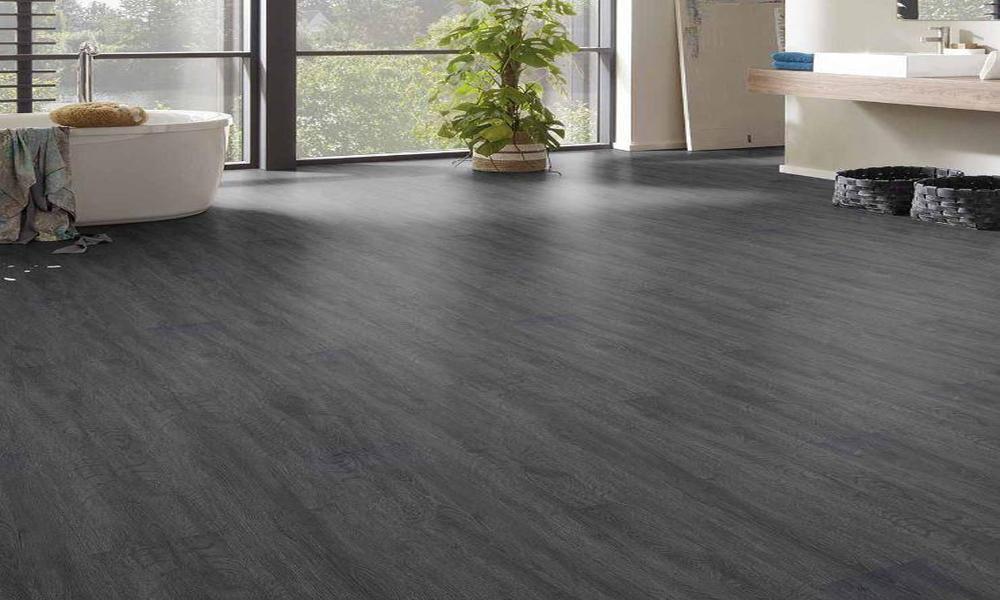How to use SPC flooring to create a specific style or aesthetic in your home?
SPC (Stone Plastic Composite) flooring is a versatile flooring option that can be used to create a variety of styles and aesthetics in your home. Here are some tips on how to use SPC flooring to create a specific style or aesthetic:
Rustic and Scandinavian:
For a rustic or industrial look, consider using SPC flooring in a distressed wood or concrete style. This will give your space a rugged, lived-in feel. Choose light-colored SPC flooring in a natural wood or stone texture for a Scandinavian-inspired aesthetic. Pair it with white or neutral walls and minimalist decor for a clean and simple look.
Coastal and Traditional:
SPC flooring in a light-colored wood or whitewashed style can help create a coastal-inspired look. Pair it with shades of blue and green and beach-inspired decor for a relaxed and breezy feel. For a more traditional look, choose SPC flooring in a dark wood or stone texture. Pair it with rich, warm colors and classic decors such as ornate rugs and furniture.
Modern and Eclectic:
SPC flooring in a sleek and simple style can help create a modern look. Choose a neutral color and pair it with minimalist furniture and decor for a clean and contemporary feel. Mix and match different styles of SPC flooring to create an eclectic look. For example, pair distressed wood flooring with colorful and patterned rugs and furniture for a bold and unique aesthetic.
Remember that your flooring choice is just one element in creating a specific style or aesthetic. Consider pairing your SPC flooring with the right wall color, furniture, and decor to achieve the desired look.
How to choose the right underlayment for your SPC flooring installation?
Choosing the right underlayment is an important part of installing SPC (Stone Plastic Composite) flooring. Here are some factors to consider when selecting the right underlayment for your SPC flooring installation:
Moisture Resistance: If you are installing SPC flooring in a basement, bathroom, or another high-moisture area, choose an underlayment that is moisture-resistant to prevent mold and mildew growth.
Sound Absorption: If you live in an apartment or have noise concerns, choose an underlayment with sound-absorbing properties to help reduce noise transmission.
Thermal Insulation: If you live in a cold climate or have a concrete subfloor, choose an underlayment with thermal insulation properties to help keep your home warm and comfortable.
Smoothness: If your subfloor is uneven, choose an underlayment that can help smooth out any imperfections and create a level surface for your SPC flooring installation.
Compatibility: Make sure that the underlayment you choose is compatible with the type of SPC flooring you are installing. Some SPC flooring manufacturers may recommend a specific type of underlayment for their products.
Thickness: The thickness of the underlayment you choose will depend on the cushioning and support you want for your SPC flooring. Thicker underlayment provides more cushioning, while thinner underlayment provides a firmer feel.
Ultimately, the right underlayment for your SPC flooring installation will depend on your specific needs and preferences. Consider consulting with a flooring professional or the manufacturer of your SPC flooring for recommendations on the best underlayment to use.


















